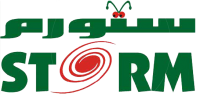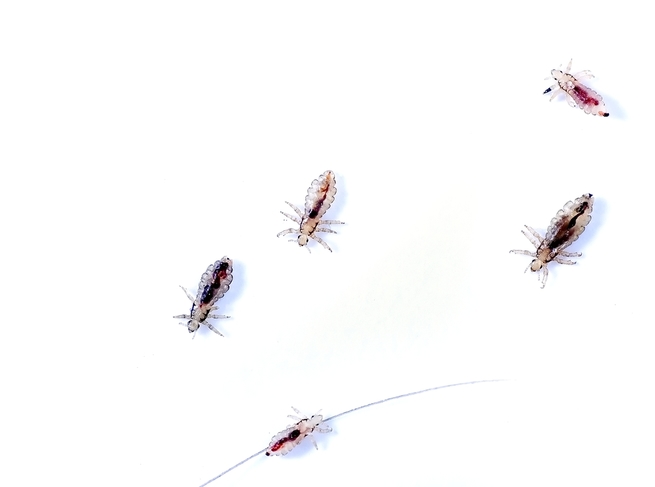Insect & Pest Control
Lice types, causes of their spread and how to get rid of them
Lice are tiny, wingless parasitic insects that feed on human blood. It can be found on people’s heads and bodies. And its types differ depending on the area that it affects.
There are three types of lice, depending on the area they infect:
- Head lice: found on the scalp between hair strands. Small, six-legged insects that stick to the scalp and neck and feed on human blood. Each louse is about the size of a sesame seed. Lice lay their eggs, called nits, on the hair near the scalp and they can be difficult to see.
- Body lice: These lice live in clothes and on bedding and move to your skin to feed on blood.
- Pubic lice: These lice infest the skin and hair of the pubic area. Coarse body hair, such as chest hair, eyebrows, or eyelashes.
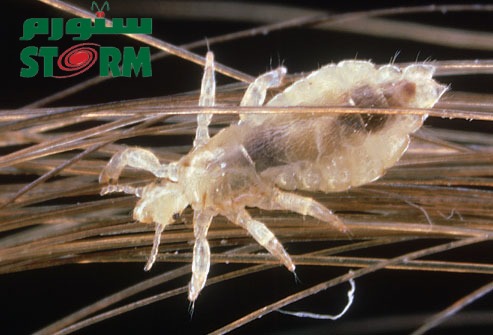
The reasons for its spread:
Female lice produce a sticky substance that firmly attaches each egg to the base of the hair shaft. The eggs hatch in six to nine days.
Lice cannot jump or fly. But it is spread among people, especially children in schools and kindergartens, who share the tools of the infected person, such as clothes, towels, comb, or using any tool that the infected person used. Thus, it may spread to family members.
How to get rid and prevention of lice
It is difficult to prevent the spread of head lice among children in schools and kindergartens. Especially since children share their belongings among themselves, so lice spread easily. If one of your children is injured, this is not a failure on your part as a parent.
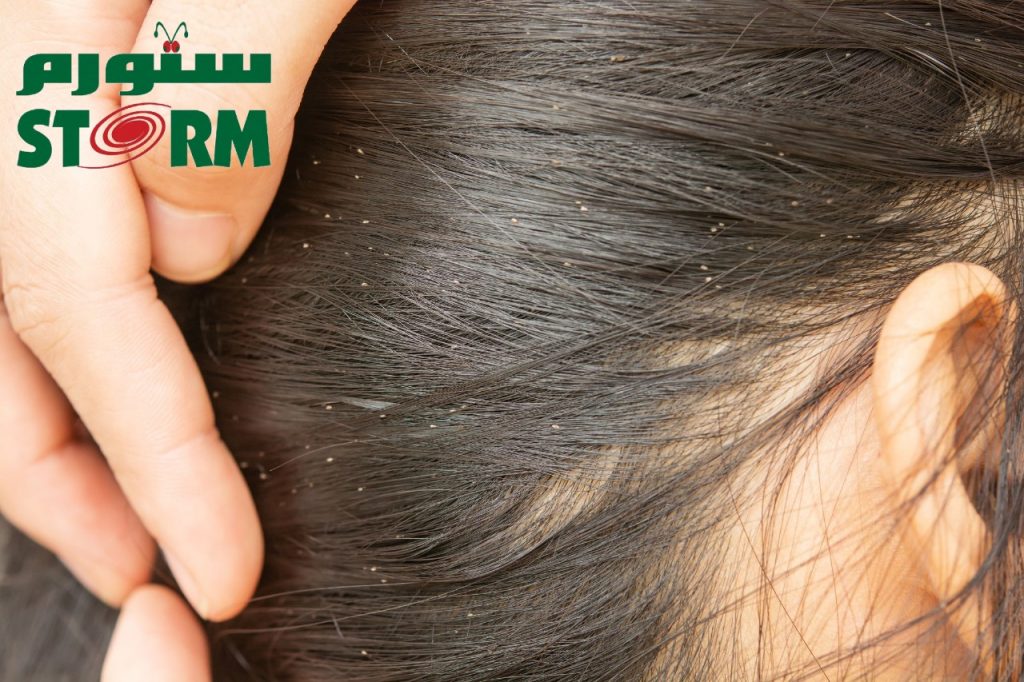
Head lice will not go away on their own. If you suspect your child has an infection and notice that he is scratching a lot and complaining about the feeling of something walking in his head, confirm this by:
- Inspect the child’s hair thoroughly, for the presence of lice or their eggs.
- Use a comb with close and thin teeth to comb the hair. This comb pulls the lice and their eggs out when combing.
- Notify your child’s nursery or school so that other students are screened.
- Check all other family members.
- If you discover that your child is infected, abide by the prevention standards for the rest of the individuals, so that the personal belongings of the injured person such as hats, coats, combs, hair accessories and headphones should not be shared among the rest of the family or schoolmates.
- Wash the clothes of anyone being treated for lice.
- Treat every infected person at the same time. By combing it well and washing it well, use a product to get rid of lice with the advice of a doctor. Read the instructions for use well and adhere to them.
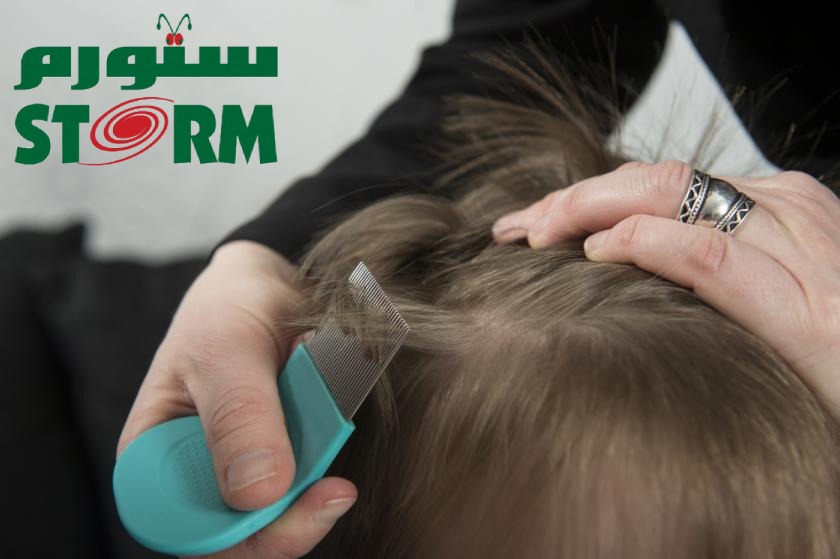
Storm is a pest control and sterilization company. Aims to spread information about common insects and enriching Arabic content in the field of entomology; if you ever need our services, feel free to contact us.

 العربية
العربية